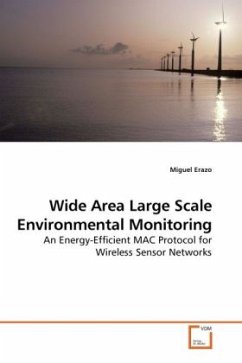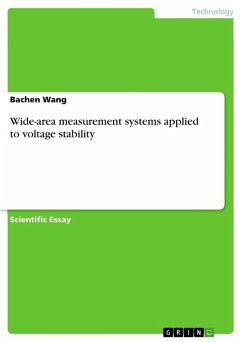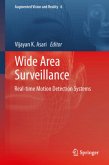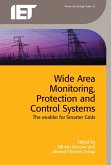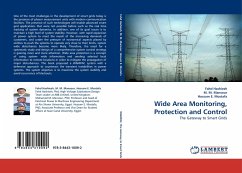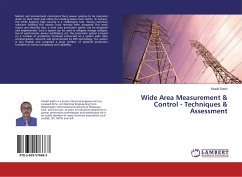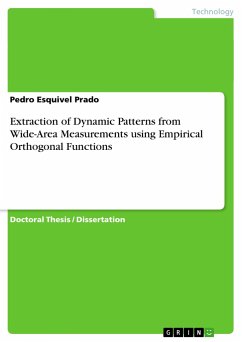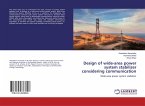Sensor nodes have various energy and computational constraints because of their inexpensive nature and ad-hoc method of deployment. Considerable research has been focused at overcoming these deficiencies through more energy efficient routing, localization algorithms and system design. Even though many issues of old sensor networks have been already solved, high energy consumption continues to be a hot topic in research papers. This is because it is hard and impractical to charge or replace exhausted batteries of nodes. Protocols that save more energy than its predecessors and at the same time comply with its computation and communication functions are desirable for wireless sensor networks. This document presents a proposal for the development of a MAC protocol for wireless sensor networks that is appropriate for environmental monitoring purposes. This protocol saves energy by substantially reducing idle-listening. It is a reactive protocol which permits nodes to transmit packetsevery time they wake-up but at the same time proposes a mechanism to transmit packets that contain interesting data when nodes should not normally be awake.
Bitte wählen Sie Ihr Anliegen aus.
Rechnungen
Retourenschein anfordern
Bestellstatus
Storno

